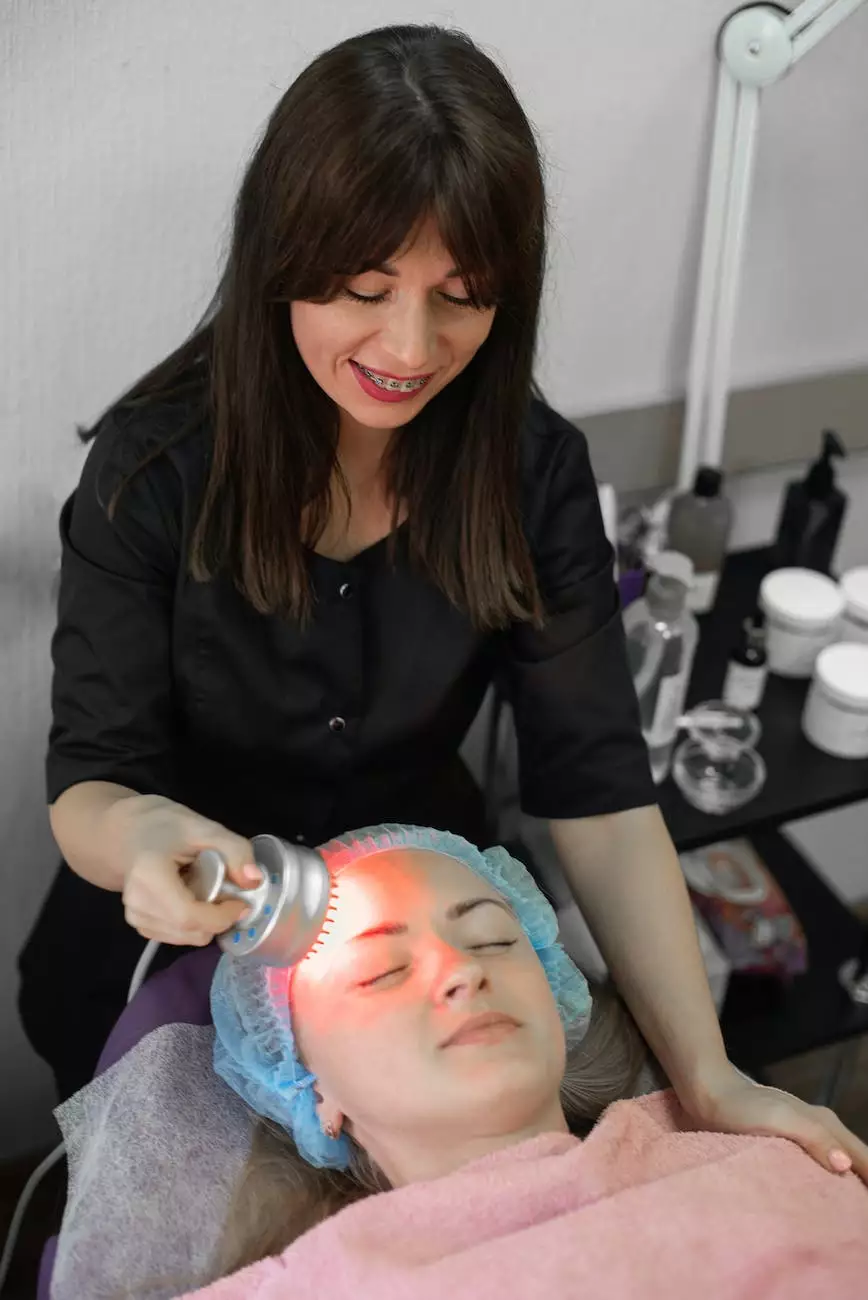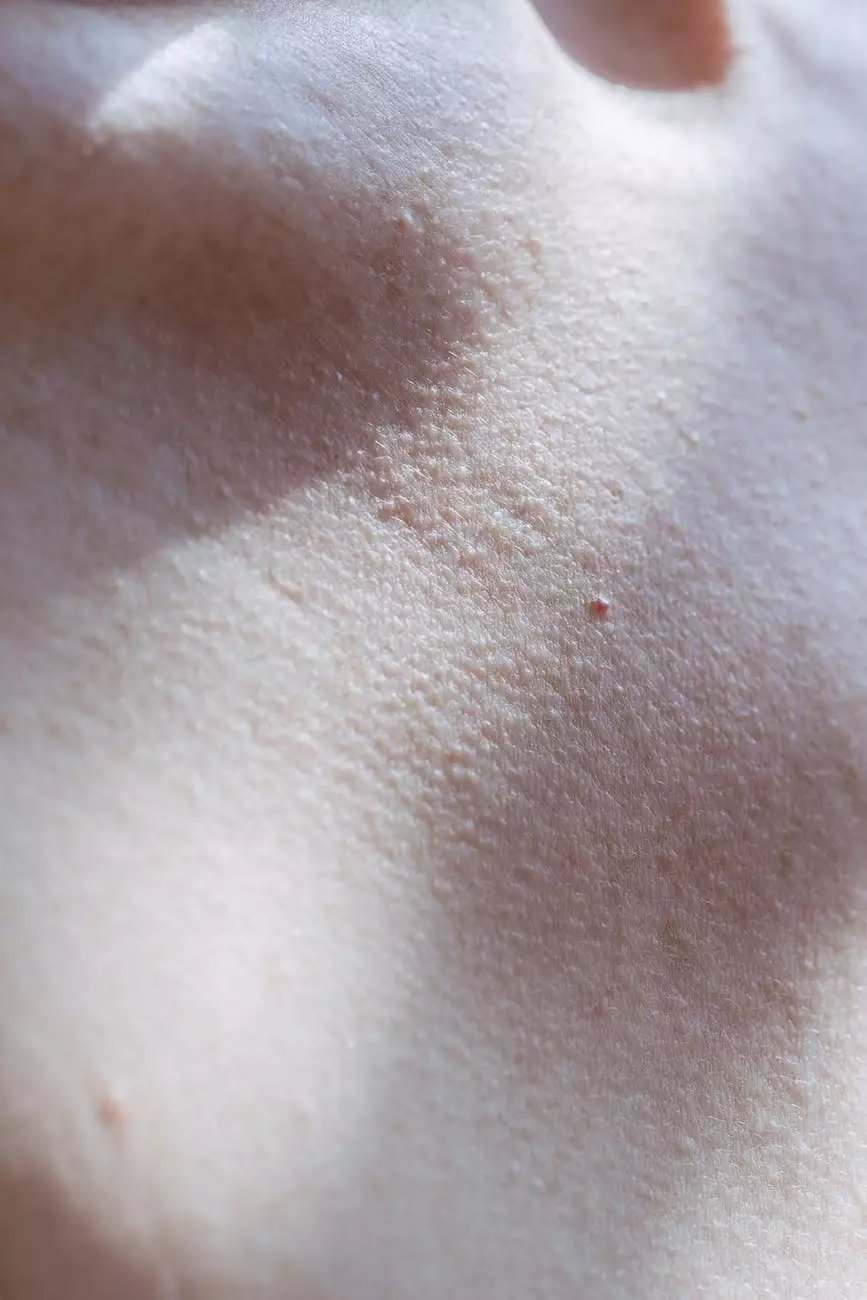How Often Can You do RF Microneedling?
Skin Care
Understanding RF Microneedling
RF microneedling, a revolutionary procedure in the field of dermatology, combines the benefits of traditional microneedling with the added advantage of radiofrequency energy. This non-surgical treatment is designed to target various skin concerns, such as wrinkles, fine lines, acne scars, and uneven skin texture. By stimulating collagen production and promoting skin rejuvenation, RF microneedling offers remarkable results.
The Benefits of RF Microneedling
RF microneedling provides numerous benefits that contribute to its popularity among both men and women. Firstly, it offers a non-invasive alternative to more aggressive procedures, such as surgical facelifts. Additionally, it has shorter downtime and minimal discomfort compared to other treatments. RF microneedling is suitable for all skin types, making it highly versatile. The procedure can be customized based on individual needs, targeting specific problem areas effectively.
How Often Can You Undergo RF Microneedling?
The frequency of RF microneedling treatments may vary depending on several factors, including the specific skin concerns being addressed, the treatment plan recommended, and the overall condition of your skin.
General Guidelines for RF Microneedling Frequency
While it is always best to consult with a qualified dermatologist like Smith, Arthur F, MD for personalized advice, here are some general guidelines for RF microneedling frequency:
- Your initial treatment course may consist of 3 to 6 sessions, spaced approximately 4 to 6 weeks apart. This spacing allows adequate time for your skin to heal and for collagen remodeling to occur.
- For maintenance purposes, annual treatments or touch-up sessions may be recommended to ensure continued improvements in skin texture and tone.
Determining the Optimal Frequency for Your RF Microneedling Treatments
Every individual's skin is unique, and your dermatologist will assess your specific needs to determine the most suitable RF microneedling frequency for optimal results. Factors that may affect the treatment frequency include:
- The severity of your skin concerns: More advanced or stubborn concerns may require more frequent treatments initially.
- Your desired outcome: If you have specific goals or events in mind, your dermatologist can tailor the treatment plan accordingly.
- Your skin's healing capacity: Some individuals may have a faster healing response, allowing for more frequent treatments.
- Your overall skin health: Your dermatologist will consider any underlying skin conditions or sensitivities to ensure the treatment is safe and effective for you.
Benefits of Following the Recommended Treatment Schedule
It is important to adhere to the recommended treatment schedule outlined by your dermatologist for the following reasons:
- Consistency in treatment allows for optimal collagen remodeling and ensures continued improvement in skin texture and quality.
- Spacing treatments appropriately minimizes the risk of adverse effects and allows your skin to heal properly between sessions.
- Regular monitoring of your skin's progress enables your dermatologist to make any necessary adjustments to your treatment plan.
Consult with Smith, Arthur F, MD in Orlando for Expert Advice
For more specific guidance on how often you can safely undergo RF microneedling treatments, it is crucial to consult with a reputable dermatologist like Smith, Arthur F, MD. Working with an experienced professional ensures that your treatment plan is tailored to your unique needs, leading to optimal outcomes while prioritizing your skin's safety and health.
At Smith, Arthur F, MD, we specialize in advanced dermatological treatments and have helped countless patients achieve their desired results through RF microneedling. Contact us today to schedule a consultation and learn more about how RF microneedling can transform your skin.










